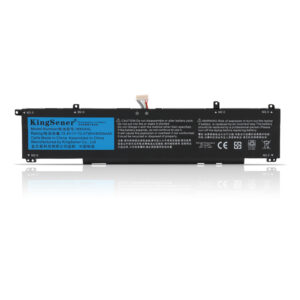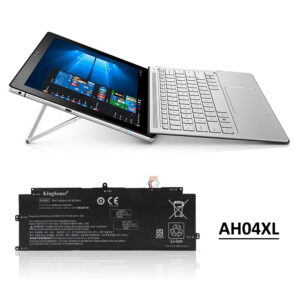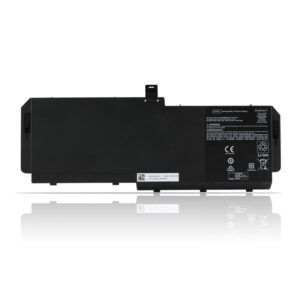Just like their AA, AAA, and C cell cousins, laptop batteries create an electrochemical reaction that forces a stream of electrons from one place to another. And just like household batteries, laptop batteries have a positive and negative terminal where electrons are received and sent, respectively.
As Lawrence Berkeley Lab’s staff scientist Frank McLarnon explained to Scientific American.com:
“When a battery is discharged, an electrochemical oxidation reaction proceeds at the negative electrode
Laptop batteries, however, have unique characteristics compared to household batteries
- They are rechargeable
- The laptop battery is composed of multiple internal cells
- They contain a small printed circuit board
Their overall shape of a laptop battery and the location of their terminals vary from model to model
Rechargeable batteries are significantly more complicated to design than a non-rechargeable battery because the electrochemical reaction that provides power must be reversible.




